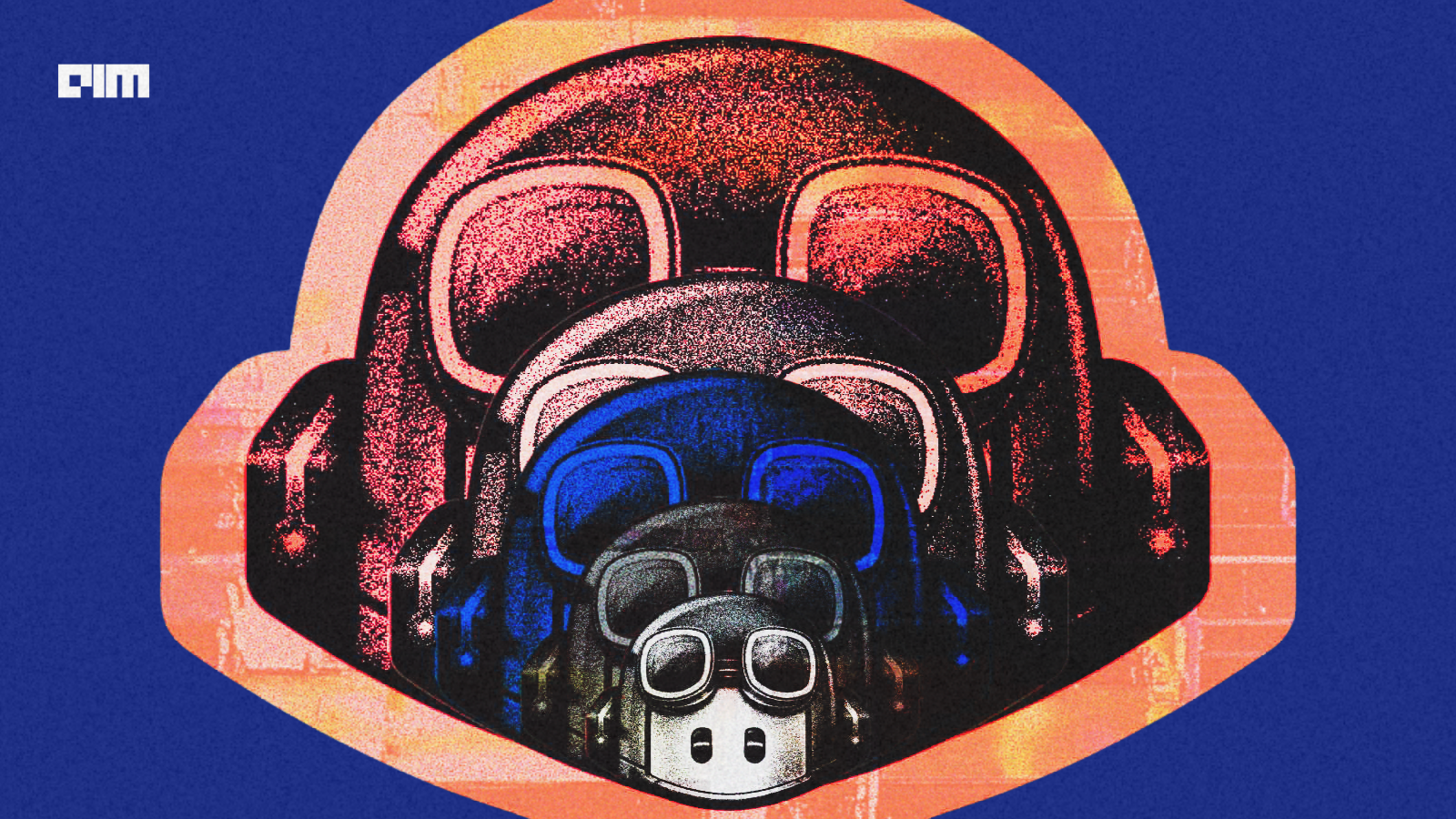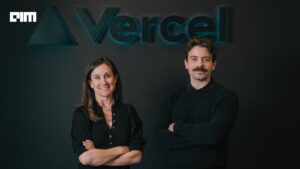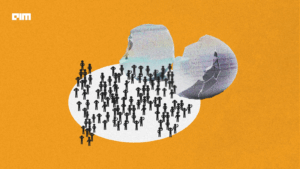GitHub’s newly announced Agent HQ isn’t public yet, but the company’s description evokes a familiar scene: a dashboard of pull requests and commits, only this time made by AI agents. Marketed as “mission control” for autonomous coders, it’s beginning a phased rollout to GitHub Copilot Pro Plus and enterprise customers.
Agent HQ lets engineers summon, monitor, and compare multiple agents from OpenAI, Anthropic, Google, xAI and GitHub itself. “We’re providing a control plane for all agent use on GitHub,” said COO Kyle Daigle.
It’s an agent party 🥳 A single way to work with all coding agents. Taking the building blocks of @GitHub to define this new era of collaborative, agent-driven software development. Come on over, we’re making space in the pool. The party’s just getting started 😉 https://t.co/XngkKnxACi
— Kyle Daigle (@kdaigle) October 28, 2025
Agents can now run in parallel on the same task, stack results side by side, and merge the best output into code. CEO Thomas Dohmke says GitHub is becoming “the place where developers collaborate with agents in a configurable, verifiable way.” It promises automation without fragmentation.
But more agents mean more simultaneous chances to be wrong. In software, small mistakes rarely stay small. Coordination between autonomous systems can turn trivial defects into systemic failures. The issue isn’t that agents err, it’s that they can err together.
Managing Every Coding Agent at Once
Agent HQ marks GitHub’s move from assistant to orchestrator. It integrates with VS Code, CLI, and GitHub Actions, so agents can plan work, open branches, and submit draft pull requests autonomously. Early users like Carvana and EY report faster turnarounds in production pipelines.
“The Copilot coding agent fits into our workflow and converts specs to production code in minutes,” said Alex Devkar, Carvana’s SVP of Engineering & Analytics. It’s an early sign of how enterprises may treat AI coders as teammates rather than tools.
Analysts echo the optimism. Kate Holterhoff of RedMonk calls Agent HQ “a control layer that lets teams delegate implementation tasks.” VentureBeat described it as “a bold bet that enterprises don’t need another proprietary agent, they need a way to manage all of them.”
GitHub’s positioning reflects a broader shift inside Microsoft’s ecosystem. Copilot is no longer the feature, it’s the operating layer for enterprise AI. By allowing third-party agents within its environment, GitHub becomes the neutral ground where ecosystems compete inside its infrastructure. That openness may be its moat, and its greatest exposure. If GitHub becomes the default home for agent orchestration, it will also inherit the industry’s collective risks.
That efficiency has limits. A 2025 Veracode study found 45 percent of AI-generated code contained at least one severe vulnerability. Researchers at the University of Maryland and IBM found that while models produced working code 90 percent of the time, nearly half failed security benchmarks.
Even iteration worsens risk. When researchers tested GPT-4o, the model’s fifth revision introduced 37 percent more critical vulnerabilities than the first. “When we link probabilistic tools together, we introduce a chain of uncertainty… A single misstep can cascade through the system,” wrote Zichuan Xiong of Thoughtworks. Agent HQ accelerates production, and propagation.
The Risk of Compounding Errors
Each coding agent has a small error rate. Alone, that’s manageable. Linked in automated workflows, those probabilities multiply. Patronus AI found a 1 percent per-step failure rate yields a 63 percent chance of overall failure after 100 steps, a classic compounding error.
Real-world examples are emerging. In July, cloud-security firm Wiz revealed a flaw in Wix’s Base44 platform that let attackers bypass authentication using only a public app ID. “Instant software also delivered instant risk,” the report observed.
Across studies, the pattern repeats. Kozak et al. (2025) found 21 percent of AI-agent actions were insecure. The Center for Security and Emerging Technology (CSET) reported that almost half of AI-generated snippets contained exploitable bugs.
Even experienced developers struggle. In a METR 2025 trial, open-source programmers using AI tools took 19 percent longer to finish tasks, extra time spent debugging, not coding. Human oversight remains essential as agents gain autonomy.
GitHub emphasises guardrails, such as branch protections, reasoning-trace logs, and human approvals before merges. But governance gaps persist. A 2025 Checkmarx survey found that while 60 percent of corporate codebases include AI-generated code, only 18 percent of companies maintain an approved tool list.
That mismatch could magnify Agent HQ’s risks. As multiple agents edit the same repositories, a single flawed assumption may spread across commits. The result isn’t one bad line, it’s error contagion. Consensus, not conflict, becomes the failure mode.
Automation bias makes humans over-trust confident systems, especially when those systems produce working code. As GitHub scales multi-agent collaboration, it also scales that bias. The risk isn’t that developers won’t notice an error; it’s that the system will assure them it isn’t one.
Agent HQ arrived 2025 with GitHub calling it “an open ecosystem for all agents, a single workflow for any agent, any way you work”. The preview is now rolling out to enterprise users with new features like Plan Mode and parallel multi-agent runs.
For engineering teams, the question is no longer whether to use agents, but how to govern them. As automation becomes coordination, oversight must move just as fast. GitHub has built the control room for autonomous coders; what remains to be proven is whether its safety systems can keep up when those coders all start agreeing.











